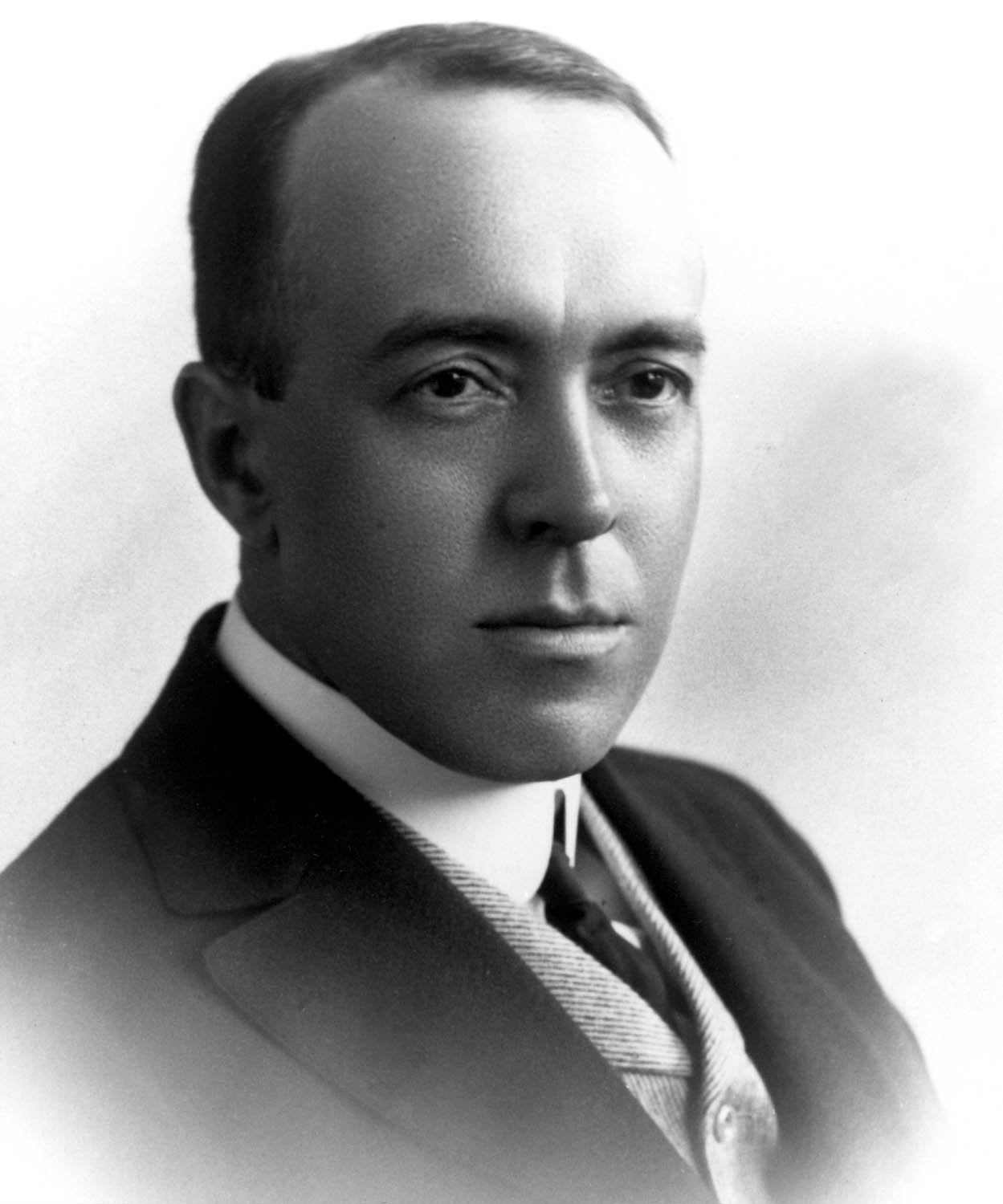Big fluffy 2.5 months old baby girl Tequilla. Her littermates are traveling to States, France and one remain in Czech Republic. SO YES SHE IS AVAILABLE TO LOVING HANDS! You are downloading Barsoom for Mac, version 2.5. The package you are about to download is authentic and was not repacked or modified in any way by us. The software is periodically scanned by our.
Class P - Language and literature
Subclass N - General literature
Subclass N - General literature
- sister projects: Wikipedia article, Commons category, Wikidata item.
Science fiction
Exploring the Unknown[edit]
Alien worlds
Alien worlds[edit]
- From the Earth to the Moon, 1865 by Jules Verne, translated by Lewis Page Mercier & Eleanor E. King
- Hector Servadac, 1877 by Jules Verne
- Frewer translation, 1877 by Ellen E. Frewer
- Off on a Comet—or Hector Servadac, April 1926
- Around the Moon, by Jules Verne, translated by Lewis Page Mercier & Eleanor E. King, sequel to From the Earth to the Moon
- Melbourne and Mars, 1889 by Joseph Fraser
- The First Men in the Moon, 1901 by Herbert George Wells
- Le Voyage dans la Lune, 1902 film by Georges Méliès
- Lieutenant Gulliver Jones: His Vacation, 1905 by Edwin Lester Arnold
- A Voyage to Arcturus, 1920 by David Lindsay
- Pirates of Venus, 1934 by Edgar Rice Burroughs
- 'The Lost Temples of Xantoos,' by Howell Calhoun in Weird Tales (October 1936, vol. 28, no. 3) (poem)
- The Dual World, 1938 by Arthur Kelvin Barnes
- The Raid from Mars, 1939 by Miles John Breuer
- Trouble on Titan, 1941 by Arthur Kelvin Barnes
- The Gun, 1952 by Philip Kindred Dick
- Piper in the Woods, 1953 by Philip Kindred Dick
- Tony and the Beetles, 1953 by Philip Kindred Dick
- Plague Ship, 1956 by Andre Norton
- Voodoo Planet, 1959 by Andre Norton
- Mirrikh, or, A Woman from Mars: A Tale of Occult Adventure, (1892) by Francis Worcester Doughty
- The Three Eyes (1921) by Maurice Leblanc, translated by Alexander Texeira de Mattos
Burroughs' Barsoom series[edit]
- A Princess of Mars, 1912 by Edgar Rice Burroughs
- The Gods of Mars, 1918 by Edgar Rice Burroughs
- The Warlord of Mars, 1913-4 by Edgar Rice Burroughs
- Thuvia, Maid of Mars, 1920 by Edgar Rice Burroughs
- The Chessmen of Mars, 1922 by Edgar Rice Burroughs
- The Master Mind of Mars, 1928 by Edgar Rice Burroughs
Lost worlds[edit]
Barsoom 2.5 2
- The Lost World literary genre is a fantasy or science fiction genre that involves the discovery of a new world out of time, place, or both. It began as a subgenre of the late-Victorian imperial romance and remains popular to this day.— Excerpted from Lost World (genre) on Wikipedia, the free encyclopedia.
- Phosphor: An Ischian Mystery, 1888 by John Filmore Sherry
- The Lost World, 1912 by Arthur Conan Doyle
- At the Earth's Core, 1914 by Edgar Rice Burroughs (Pellucidar)
- The Lost Continent, 1916 by Edgar Rice Burroughs
Burroughs' Caspak trilogy[edit]
- The Land That Time Forgot (omnibus), 1918 by Edgar Rice Burroughs, an omnibus of the three novellas
- The Land That Time Forgot, 1918 by Edgar Rice Burroughs
- The People That Time Forgot, 1918 by Edgar Rice Burroughs
- Out of Time's Abyss, 1918 by Edgar Rice Burroughs
Space and the universe[edit]
- The Man From the Atom, 1923 by Green Peyton Wertenbaker
- 'Where Are You, Mr. Biggs?,' by Nelson Slade Bond in Weird Tales (September-October 1941, vol. 36, no. 1)—a Lancelot Biggs story
Terrestrial exploration[edit]
- Journey into the Interior of the Earth, 1864 by Jules Verne, translated by Frederick Amadeus Malleson
- 20,000 Leagues Under the Seas, 1870 by Jules Verne, 2001 translation by F. P. Walter
New lifeforms[edit]

Strange, new forms of life
Alien lifeforms[edit]
- The Whisperer in Darkness, 1931 by Howard Phillips Lovecraft
- Beyond Lies the Wub, 1952 by Philip Kindred Dick
Artificially-engineered lifeforms[edit]
- Constructed, re-vivified, genetically engineered or otherwise intentional, artificial creation of new lifeforms.
- Frankenstein, 1831 by Mary Shelley
- The Island of Doctor Moreau, 1896 by Herbert George Wells
- Mr. Spaceship, 1953 by Philip Kindred Dick
Machine lifeforms[edit]

- The Mentanicals, 1949 edition by George Henry Weiss, originally published in Amazing Stories, April 1934
- Second Variety, 1953 by Philip Kindred Dick
Newly discovered lifeforms[edit]
- In the Avu Observatory, 1895 by Herbert George Wells
- The Horror of the Heights, 1913 by Arthur Conan Doyle
- At the Mountains of Madness, 1931 by Howard Phillips Lovecraft
- Storm Warning, 1949 edition by Donald Allen Wollheim, originally published in Future Fantasy and Science Fiction, October 1942
Mutations[edit]
- Both natural or accidental, artificial changes to existing life.
- The Octopus Cycle, 1928 by Fletcher Pratt & Irvin Lester
- 'Vine Terror,' by Howard Wandrei in Weird Tales (September 1934, vol. 24, no. 3)
Science and inventions[edit]
- New discoveries, new inventions and new technology.
- The Brick Moon, 1869 by Edward Everett Hale
- The Invisible Man, 1897 by Herbert George Wells
- Robur the Conqueror, 1886 by Jules Verne
- Thoth: A Romance, 1888 by Joseph Shield Nicholson
- The Food of the Gods and How It Came to Earth, 1904 by Herbert George Wells
- The Master of the World, 1904 by Jules Verne
- The New Accelerator, 1926 edition by Herbert George Wells, originally published in 1901
- The Variable Man, 1953 by Philip Kindred Dick
Edisonade[edit]
- 'Edisonade' is a modern term, coined in 1993 by John Clute in his and Peter Nicholls' The Encyclopedia of Science Fiction, for stories based around a brilliant young inventor and his inventions, many of which would now be classified as science fiction. This sub-genre started in the Victorian and Edwardian eras and had its apex of popularity during the late 19th and early 20th centuries.— Excerpted from Edisonade on Wikipedia, the free encyclopedia.
- The Huge Hunter, or the Steam Man of the Prairies, 1868 by Edward Sylvester Ellis
- Tom Swift and His Giant Telescope, 1939 by the Stratemeyer Syndicate, Volume 39 in the first Tom Swift series
Time and reality[edit]
Alternative realities[edit]
- Adjustment Team, 1954 by Philip Kindred Dick
Other dimensions[edit]
- The Gostak and the Doshes, 1949 edition by Miles John Breuer, originally published in Amazing Stories, March 1930
- The Einstein See-Saw, 1932 by Miles John Breuer
Time travel[edit]
- The Time Machine, 1895 by Herbert George Wells
- The Mentanicals, 1949 edition by George Henry Weiss, originally published in Amazing Stories, April 1934
- The Skull, 1952 by Philip Kindred Dick
Afterlife[edit]
- The Facts in the Case of M. Valdemar, 1845 by Edgar Allan Poe
- December 1845 edition from The American Review
- April 1926 edition from Amazing Stories
The World of Tomorrow[edit]
Utopian novels, views of the future and predictions of things to come.
- Utopia, 1516 by Thomas More,
- Utopia, 1901 version edited by Henry Morley based on a translation by Gilbert Burnet
- The Buffalo Public Library in 1983, 1883 by Charles Ammi Cutter
- A Few Hours in a Far-Off Age, 1883 by Henrietta Dugdale
- Looking Backward From 2000 to 1887, 1888 by Edward Bellamy
- Equality (Bellamy), 1897 by Edward Bellamy
- The Inner House, 1888 by Walter Besant
- News from Nowhere, 1890 by William Morris
- Meda: a tale of the future, 1891? by Kenneth Folingsby
- The End of Books, 1894 by Octave Uzanne
- The Land Ironclads, 1903 by Herbert George Wells
- Philip Dru: Administrator, 1912 by Edward Mandell House
- The Sleeper Awakes, 1910 by Herbert George Wells
- Back to Methuselah, 1921 play by George Bernard Shaw
- Omega, 1949 edition by Amelia Reynolds Long, originaly published in Amazing Stories, July 1932.
- The Black Abbot of Puthuum, 1936 by Clark Ashton Smith
Other[edit]
Humour[edit]
- The Eyes Have It, 1953 humourous short by Philip Kindred Dick
Miscellaneous fiction[edit]
- The Purple Pileus by Herbert George Wells
Non-fiction[edit]
- Brown Review by Paul Di Filippo, 2006 review by Paul Di Filippo
Thrillers[edit]
Barsoom 2.5 0
See also: Portal:Thriller
- 'Mask of Death,' by Paul Ernst in Weird Tales (August-September 1936, vol. 28, no. 2)—a Doctor Satan story
- The Hanging Stranger, 1953 by Philip Kindred Dick
- The Crystal Crypt, 1954 by Philip Kindred Dick
Retrieved from 'https://en.wikisource.org/w/index.php?title=Portal:Science_fiction&oldid=9663341'
Barsoom 3.0
Barsoom lets you rearrange any menu bar items in the order you want, and keep your menu bar in order between restarts. Simply rearrange them with the natural OS X way, Cmd-Drag-and-Drop. You can also hide items that you do not need to see simply by Cmd-Right-clicking on the item. Or with the new feature, 1-Click Hide, you can quickly hide everything to the left of the Barsoom icon. You have some apps which have to manage many items in 1 app, such as apps which monitor your system stats. Barsoom can manage them all.
What's New:
Barsoom 2.5 1
Version 3.0:- Release notes were unavailable when this listing was updated.
Screenshots:
Barsoom 2.5 Free
- Title: Barsoom 3.0
- Developer: seense
- Compatibility: macOS 10.14 or later 64-bit
- Language: English
- Includes: K'ed by TNT
- Size: 6.05 MB
- visit official website